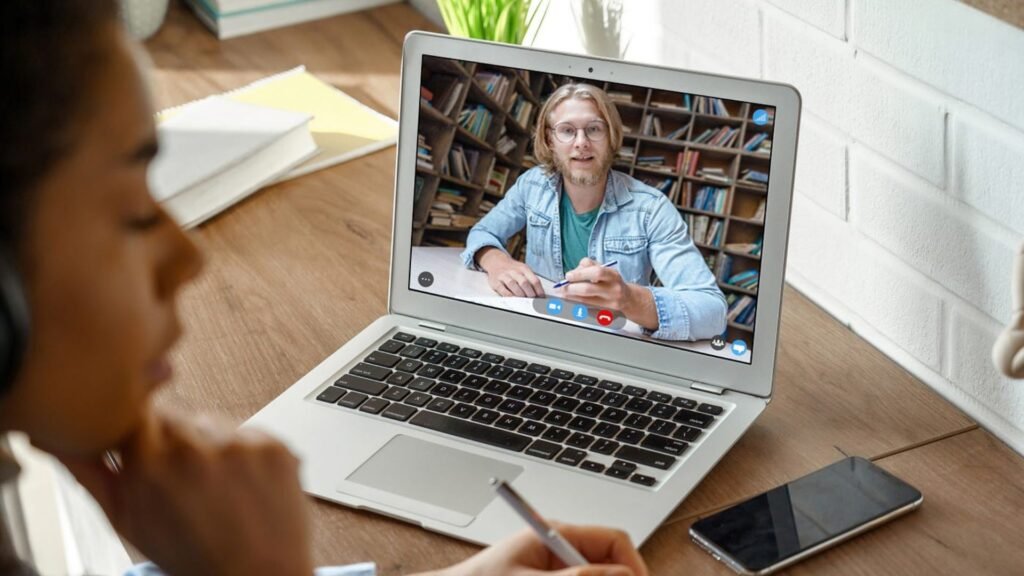Remote teaching has become an essential part of education, especially with the rise of online learning platforms and digital classrooms. Whether you are teaching from home or managing a virtual classroom, effective practices can help you engage students and enhance their learning experience. Remote teaching can be challenging, but with the right strategies, it can also be incredibly rewarding. In this article, we’ll share some practical tips to help you succeed in remote teaching and make your online classes more effective.
Creating a Structured Schedule
One of the most important practices for remote teaching is establishing a structured schedule. A consistent timetable helps students know what to expect and reduces confusion. Make sure to share the schedule with your students well in advance. Include all the details such as class times, breaks, and deadlines for assignments. This structure not only keeps students organized but also helps them manage their time effectively. Moreover, maintaining a routine can provide a sense of normalcy, which is crucial for students learning remotely.

Using Interactive Tools and Technology
Technology plays a key role in remote teaching, and using the right tools can enhance the learning experience. Incorporate interactive tools like virtual whiteboards, online quizzes, and discussion forums to make your classes engaging. Platforms like Zoom, Microsoft Teams, and Google Classroom offer features that facilitate interaction, such as breakout rooms and real-time polling. These tools allow students to participate actively and feel more connected to the class. Remember, the goal is to make learning as interactive and immersive as possible, even from a distance.
Encouraging Student Participation
In remote teaching, student engagement is vital. Encourage participation by asking open-ended questions and promoting discussions. Use techniques like think-pair-share or group projects to keep students involved. Make sure to allow everyone to contribute, as this helps build a sense of community. Additionally, create a safe and inclusive environment where students feel comfortable sharing their thoughts and opinions. When students actively participate, they are more likely to stay focused and retain information.
Providing Clear Instructions and Expectations
Clear communication is crucial in remote teaching. Make sure to provide detailed instructions for assignments, projects, and classroom activities. Use simple and direct language to avoid misunderstandings. Also, set clear expectations regarding behavior, participation, and submission deadlines. When students know what is expected of them, they can work more confidently and independently. Regularly remind students of these expectations to keep everyone on track.
Utilizing Visual Aids
Visual aids can significantly enhance the effectiveness of remote teaching. Use slides, videos, infographics, and images to support your lessons. Visuals can help explain complex concepts and make the content more engaging. They also cater to different learning styles, ensuring that visual learners grasp the material more effectively. Incorporating multimedia elements in your lessons can break the monotony and keep students interested.
Offering Regular Feedback
Feedback is an essential component of the learning process, and it becomes even more critical in remote teaching. Provide regular and constructive feedback on assignments and participation. Positive feedback encourages students and boosts their confidence. On the other hand, constructive criticism helps them understand their mistakes and areas for improvement. Make feedback a two-way process by encouraging students to share their thoughts and concerns about the class.
Building a Sense of Community
Creating a sense of community in a virtual classroom is challenging but necessary. Start by getting to know your students and letting them know you. Use icebreaker activities and encourage social interactions through group work and discussions. A strong sense of community helps students feel connected and reduces feelings of isolation. When students feel they are part of a supportive learning environment, they are more likely to engage and succeed.
Being Flexible and Adaptable
Flexibility is key in remote teaching. Be prepared to adapt your teaching methods and materials to suit the needs of your students. Technical difficulties and personal challenges may arise, so it’s important to be understanding and accommodating. Being flexible with deadlines and offering alternative ways to participate can help students who may be struggling. Showing empathy and support can make a big difference in a student’s learning experience.
Conclusion
In conclusion, remote teaching requires careful planning, effective communication, and the use of engaging tools and methods. By creating a structured schedule, using interactive technology, encouraging participation, and providing clear instructions, you can make remote learning successful. Additionally, offering regular feedback, building a sense of community, being flexible, and communicating with parents are essential practices for an effective remote teaching experience. Remember, the goal is to create a supportive and engaging environment that promotes learning, even from a distance.

